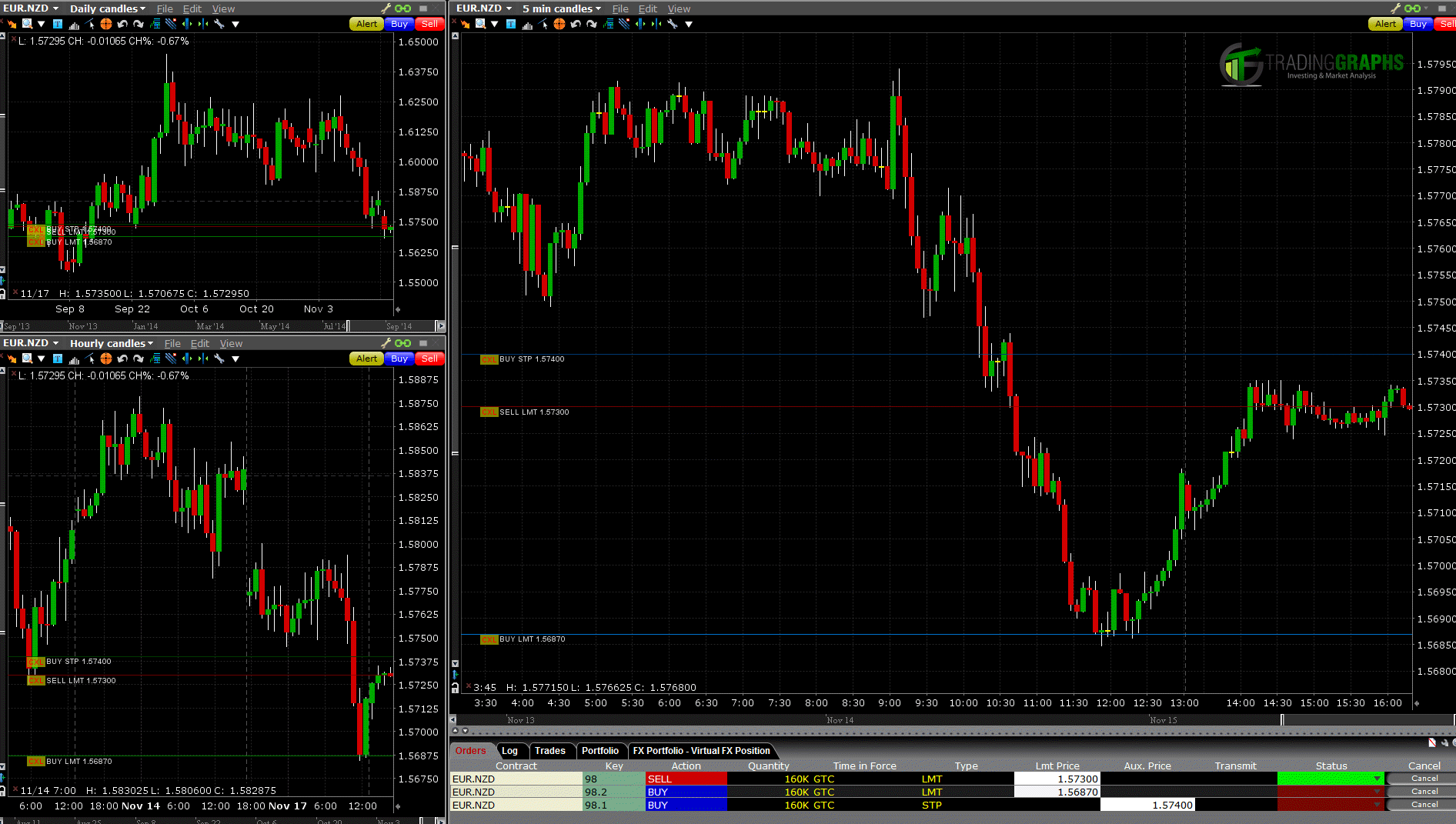Technical versus Fundamental Analysis: Finding Your Advantage in Foreign Exchange

In the fluid world of foreign exchange trading, honing the skill of analysis is vital for success. As a new trader, you may realize yourself struggling with multiple approaches to assess currencies and create knowledgeable choices. Two of the main techniques are technical analysis and economic analysis. Grasping the details of each can provide you a distinct benefit in the forex market, enabling you to handle its challenges with increased confidence.
TA is concerned with the examination of price changes and trends through visual data and indicators. It provides traders with tools to forecast future price actions based on historical data. On the other hand, fundamental analysis looks at the economic factors, political influences, and social factors that affect currency values. By examining market indicators and current events, traders can secure understanding into shifts and potential fluctuations. In this article, we will investigate these a couple of methodologies in detail to help you decide which analysis technique aligns with your trading style and objectives.
Comprehending Foreign Exchange Fundamentals
Forex, or Forex, is the biggest money market in the world, where currencies are exchanged. It functions around the clock and encompasses a wide array of players, including banks, financial institutions, corporations, and individual traders. The basic principle is to exchange one currency for another, with the goal to profit from changes in exchange rates. For newcomers, grasping how the Forex market works in simple terms is essential to navigate its complexities.

Key components of Forex trading consist of currency pairs, which are categorized into primary, secondary, and specialty pairs. Primary pairs involve the most frequently exchanged currencies, such as the Euro and the US Dollar, while secondary pairs may include less common currencies. Exotic pairs combine a major currency and a currency from a developing economy. Comprehending these classifications is crucial for selecting the right currencies to trade and for formulating effective trading strategies.
Financial leverage plays a significant role in Forex trading, allowing traders to control greater positions with a comparatively small amount of capital. Yet, while leverage can amplify profits, it also raises the potential for of substantial losses. New traders should be cognizant of both the benefits and drawbacks of leverage and implement effective risk management strategies to protect their capital. Forex ea in these basics prepares the ground for more advanced concepts in Forex trading.
Key Trading Strategies
In the world of Forex trading, developing efficient strategies is essential for success. One of the most well-known methods is day trading, where traders take advantage on short-term price movements by opening and closing positions within the same day. This strategy requires a sharp sense of market timing and a strong understanding of charts to identify potential opening and sell points quickly. Day traders often rely on real-time data and news releases, making it important to stay updated about market events that could impact exchange rates.
Another widely used approach is position trading, which focuses on capturing profits in a forex pair over a few days or weeks. Swing traders take advantage of price swings and trends, typically utilizing market analysis to determine potential reversal points. This strategy allows for a slower pace compared to day trading, providing traders with the freedom to manage their trades while using a longer-term perspective. Swing trading works well for those who are unable to dedicate all their time to trading and prefer balance their personal and professional commitments.
Lastly, managing risk is a vital component of any winning trading strategy. Establishing ea forex best -to-reward ratio is essential, allowing traders to understand how much they are ready to risk on a trade versus the possible gain. This concept helps in maintaining self-control and avoiding impulsive decision-making. Additionally, employing risk mitigation and take profit orders can secure investments and lock in profits. By integrating robust risk management techniques with either daily or position trading approaches, traders can greatly enhance their chances of success in the volatile Forex market.
Risk Management and Mindset
Successful risk management is vital for long-term success in Forex trading. Traders need to determine how much capital they are willing to risk on individual trade and set risk mitigation orders appropriately. This approach not just protects traders from significant losses but also helps to maintain composure. By defining a clear risk-to-reward ratio, traders can make well-informed decisions that concur with their overall trading strategy, enabling them to navigate the unpredictable character of the Forex market with confidence.
The mental aspect of trading cannot be ignored. Emotional reactions to market movements can lead to rash decisions, which commonly result in disastrous losses. Successful traders cultivate a mentality that values patience and self-control, empowering them to stick to their trading plans even during periods of volatility. Utilizing techniques such as visualization and maintaining a trading journal can help traders consider their emotions and keep their mental state in balance.
Additionally, grasping the importance of market conditions and external factors, such as economic news and geopolitical events, can enhance a trader's judgment process. Stay aware of how these factors impact market dynamics and be prepared to modify trading strategies accordingly. This holistic approach to both risk management and psychological readiness will more effectively equip traders to face the obstacles of the Forex market and increase their chances of achieving their financial objectives.
